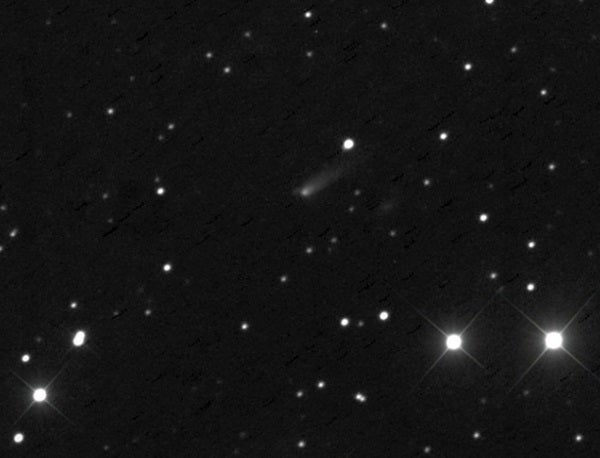These conditions are relatively easy to achieve for periodic comets like 109P/Swift-Tuttle, the parent comet of the Perseids, because such objects frequently pass through the inner solar system and over time build up a trail of dust in their orbits. It is much harder for a comet like ISON, which entered the inner solar system for the first time in fall 2013, to create a meteor shower. Because this was ISON’s first pass close to the Sun — and even if it had survived its closest approach to our star, it would not have returned for millions of years — there was no chance for dust to build up in its orbit. Thus, the timing had to be just right for any dust that ISON released on this passage to make it to Earth.
Because the orbits didn’t actually intersect, the only way for dust from ISON to get to our planet was by a combination of a high ejection velocity from the comet’s nucleus and “solar radiation pressure,” the effect of photons from the Sun hitting dust grains and pushing them to slightly larger orbits. As a result, only tiny grains (at most a few micrometers wide) could make it to Earth. These grains were so small that if any did arrive, they were unlikely to cause the flashes of light that we recognize as meteors.
Lowell Observatory, Flagstaff, Arizona










